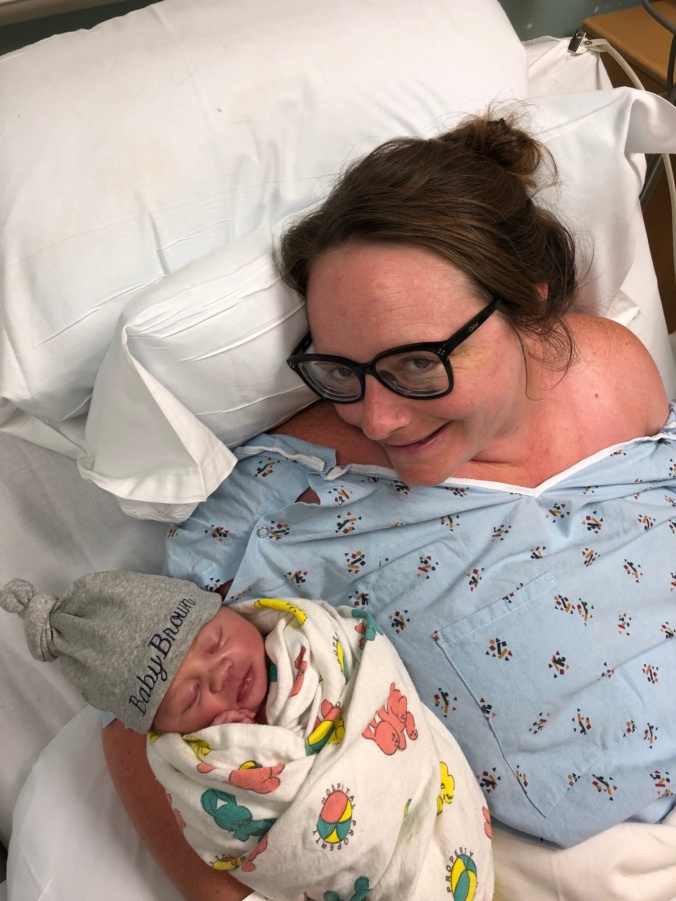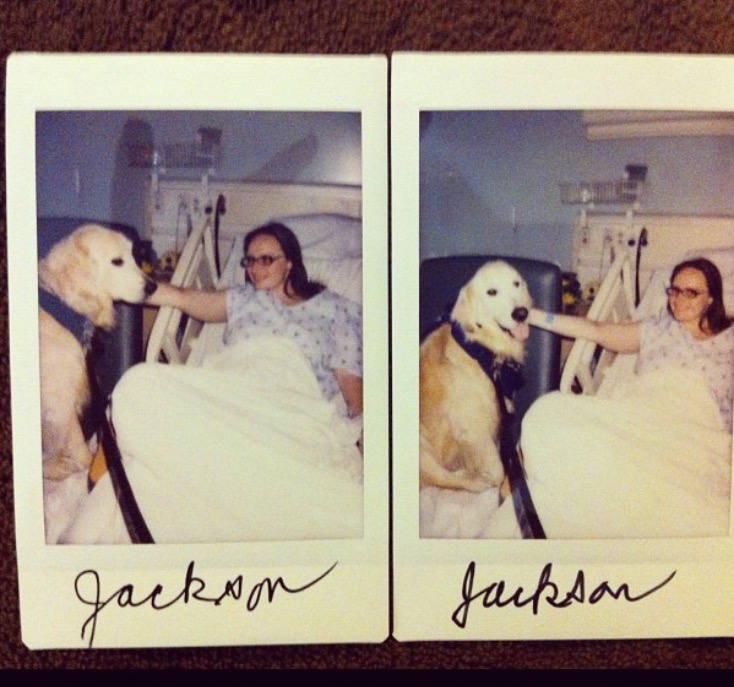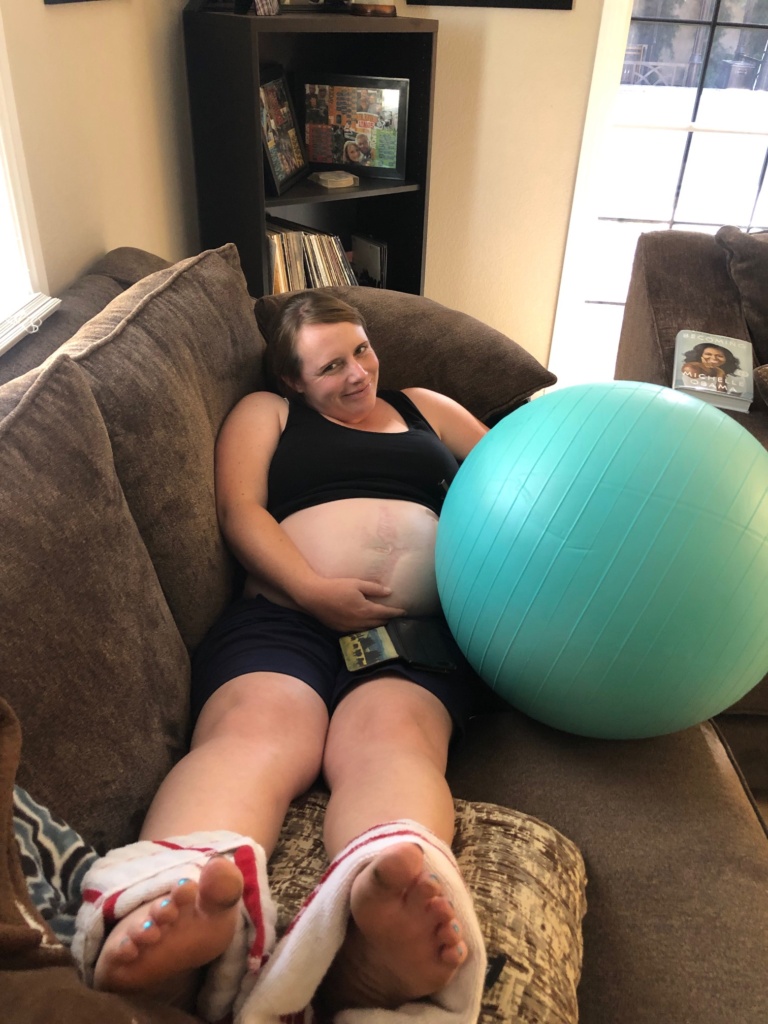Lessons Learned from a Long Labor
It’s taken me some time to write about Scarlett’s birth and to process the whole experience. It almost goes without saying that these past 2 months have absolutely changed my entire life, yet I am saying it because that fact can also not be understated. Newborn babies are incredibly sweet and angelically cherub-like in their chubby, rosy cheeked aesthetic. Their earliest smiles will pull at your heartstrings in a way that you can never have fully anticipated before you see their little faces and big curious eyes. Yet the first month also brings a suite of new challenges the depth and intensity of which you never fully understood, certainly not leaving much time for anything extra.
But I’m happy to say that now that we are nearing the 2-month mark, we’ve gotten into a pretty good routine that’s allowed me some time to get back to the computer to write. As a follow up to my earlier post on how my experience with cancer affected my outlook on pregnancy, I wanted to share some nuggets of advice now that I’m on the other side of the experience. In short, I was induced and had a 43-hour labor, including 3.5 hours of pushing and a diagnosis of ‘failure to progress’ through the pushing stage. The whole thing ended in a C-section. It wasn’t a great experience, but I’ve bounced back and my little angel is more than worth it. Here are some recommendations I have on what you can do ahead of time to maximize your resiliency through a difficult (or even an easy!) labor.
Education is Empowerment
I went into pregnancy with very little knowledge of what it would be like, and what factors to consider when planning a birth. Like most young American women, I just assumed you go to the hospital and they guide you through it. I thought home births were for new age hippies. I didn’t have many close friends or family who had gone through pregnancy and I had never seen a birth.
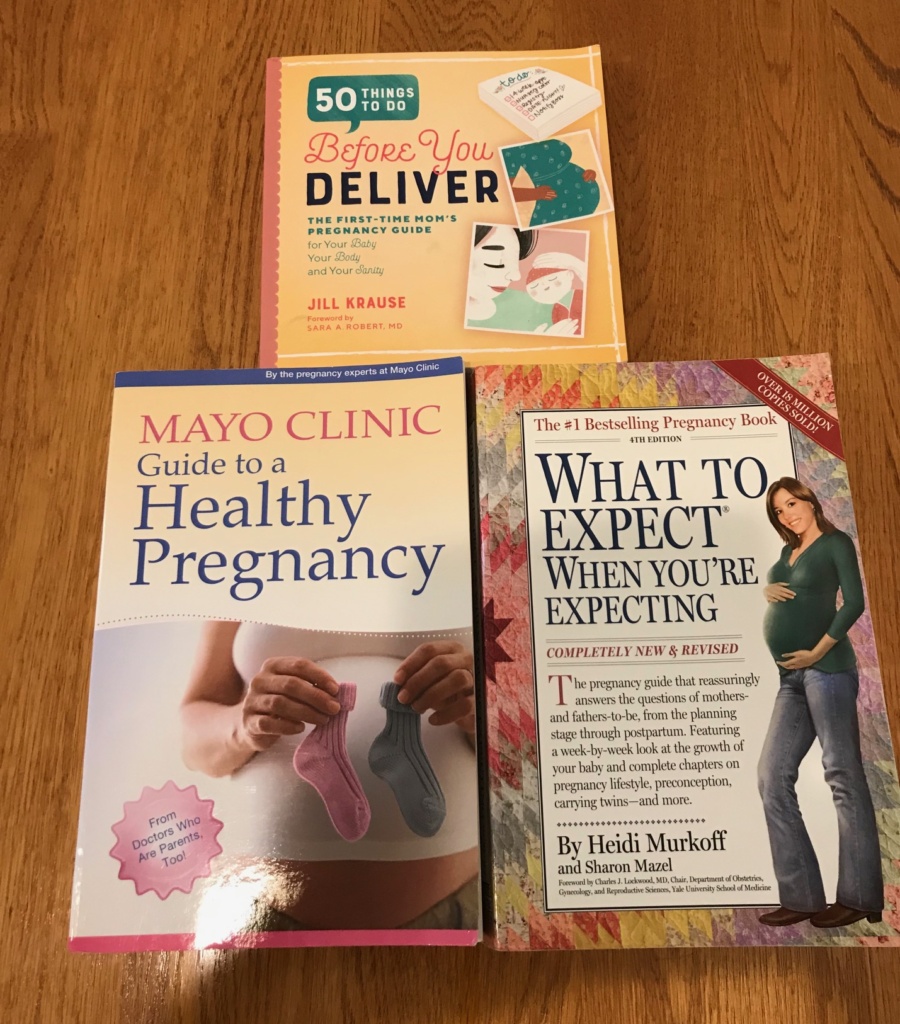
Like a good former academic, I purchased some books about pregnancy when my pregnancy test first lit up positive. What to Expect When You’re Expecting and the Mayo Clinic Guide to a Healthy Pregnancy were my first purchases. But it was 50 Things To Do Before You Deliver, a light-hearted, brightly colored listicle of a book that brought me to the best resource I discovered during pregnancy. The book suggested listening to birth stories, and specifically recommended a podcast called The Birth Hour. After my first listen, I was hooked—it really changed how I thought about the whole process and broadened my perspective of what birth could be. I was already midway through my second trimester by the time I started listening, but I have to say that it was the single most valuable way that I learned about birth.
Learning through listening to real birth stories from other women allowed me to be exposed to a very wide range of possibilities. It was striking to hear how each experience was unique, yet as I began to listen religiously during my daily walks, I began to pick up on common patterns to labor and delivery. Investing the time in hearing these different perspectives was so much more educational than just reading a medical article or book chapter that listed out different medical interventions or the stages of labor and what to expect. I really felt like I understood how certain decisions—like whether to get an epidural and when, might impact the course and outcome of labor.
I learned why many women chose to go the route of home birth or birthing center rather than hospital, after hearing multiple stories about pushy hospital doctors or the detached, nonpersonal experience of having a stranger who viewed you as a medical record number rather than a person deliver your baby. I listened to women describe how real and beautiful it was to experience all of the feelings throughout the labor—pain, relief, and pure joy. Many women believed they really benefited from developing an understanding of the full capabilities of the body and how we are meant to reproduce by going through the delivery unmedicated.
Another benefit to learning through birth stories is that you are inherently learning through multiple sources. Whenever I delve into a new subject I make sure to use multiple avenues of learning so that I can cross-reference the most salient points from each and get a more informed perspective. We also took a La Maze class through Kaiser, which added another layer to my education. The class didn’t start until I was 35 weeks pregnant, so I was at the tail end of my pregnancy and we weren’t even sure we’d finish if the baby came early. The class reinforced much of what I’d picked up through the Birth Hour and allowed us to practice breathing and movement techniques together. The instructor had given birth 5 times—all unmedicated. She had a strong preference for natural labor but discussed medication options as tools that you could turn to in your toolbox—under certain circumstances they could be very beneficial.
Know Your Birth Philosophy
I recommend becoming educated about the wonderful world of birthing as early as possible. This allows you to choose from the beginning what type of care provider you want to seek—midwife or OBGYN, and to begin advocating for yourself and your birthing preferences up front. You may hear about a Birth Plan and how you need one. You’ll probably find it on the checklists of the pregnancy apps you’re using. Or you may be handed a standard paper birth plan to fill out with check boxes from your doctor’s office, like I was. However, I would advise against developing too rigid of a birth plan. I don’t believe it’s a checkbox kind of activity—these are not simple black or white, yes or no type questions.
The more I reflect on my experiences, it becomes clearer and clearer what a grey world it is. That’s why I recommend understanding the different techniques that might be used, particularly if you are being induced, and evaluating how you feel about each one so that you can develop a sort of birth philosophy rather than a hard and fast plan. In my case, they used a foley balloon to mechanically induce dilation for the first 12 hours of my labor. While it didn’t work well in my case, I’m glad we went this route rather than the cervix softening medications that are sometimes used to start labor. Understand each of the tools in your toolbox and set an overall goal for your experience. Then, you can match your tool selection with the way your labor progresses to help you meet that goal. It is definitely important to have a birth partner / labor coach / doula to discuss this with beforehand, this person should understand how you feel about the different options and be able to advocate on your behalf if you are not able to during labor. Believe me, it can get intense quickly, especially if Pitocin is involved, and your ability to have a rational conversation may be greatly diminished.
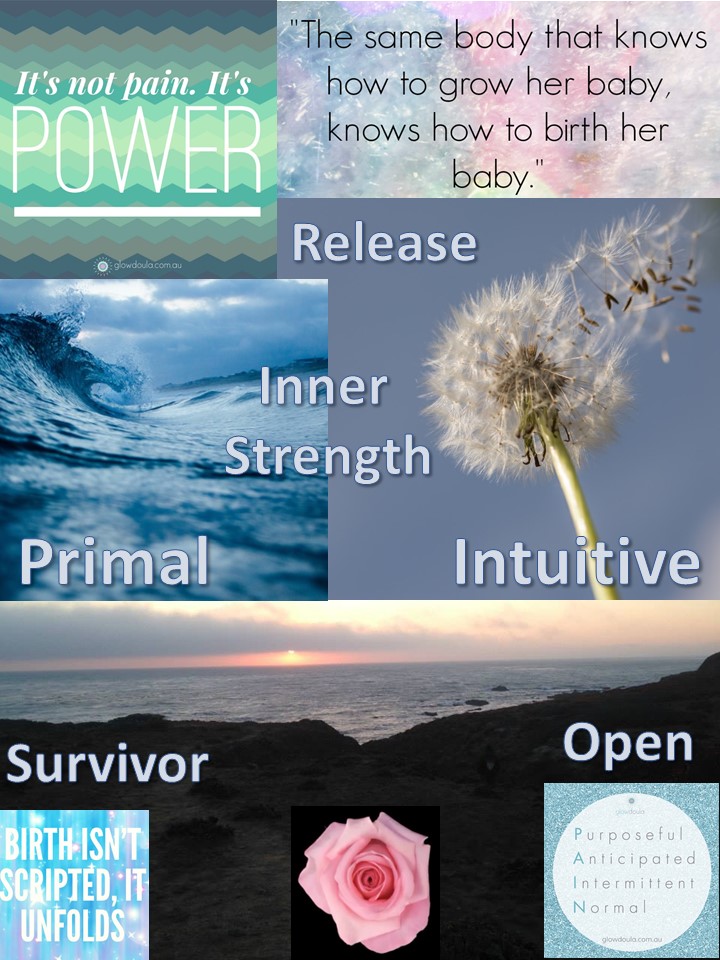
In my case, my birth philosophy was to approach the experience as naturally as circumstances would allow but I was not against utilizing pain medications if my labor became particularly long or difficult. I researched alternative pain relief measures and prepared to use tools such as aromatherapy, visualization, music, massage, breathing, and movement. I was against being induced, but given my doctor’s stern recommendation that I was at high risk of developing preeclampsia due to my pre-existing chronic hypertension, I was willing to undergo induction. However, I was not comfortable with inducing any earlier than 40 weeks, despite her initial recommendation of doing it at 38 or 39 weeks. Due to hearing the many induction stories on the Birth Hour I was well aware that beginning labor through medical methods often leads to a ‘cascade’ of medical interventions until the baby is born. Knowing this beforehand, I came to terms with the fact that I would be a lot more likely to ask for the epidural if I was induced—I had heard time and time again about how Pitocin can create extremely intense contractions as the chemical forces your uterus to contract, and often does this overly well.
Having a birth philosophy ended up suiting me very well. I did not feel like I had failed when I asked for the epidural about 24 hours into my labor when I had failed to progress in dilation at all (I was 1.5 the entire time) and was exhausted by the frequency and intensity of the Pitocin induced contractions. With the epidural, not only was I able to get some rest overnight, my body was also relaxed enough to dilate to 10 centimeters. I’m not sure if I would’ve gotten there without it.

A year earlier I had used my emergency management skills to plan my own wedding, developing a full event action plan complete with a down to the minute timeline, set up diagrams, contact rosters and organizational charts. Unlike weddings, birth is one of the few things in today’s perfectly planned, calendar-centric world where you cannot anticipate the timing and progression of events. It was both freeing and a little intimidating going into the birth experience knowing that I must relinquish control of the process. My baby and my body would guide me through and I had to trust them. For our La Maze class, we were instructed to identify an object to serve as a ‘focal point’ during our breathing and laboring. I decided to make a vision board with relaxing imagery and motivational quotes. One of the phrases I selected was: Birth isn’t scripted, it unfolds. And through 5 weeks of practicing with the focal point in LaMaze, I think I truly came to believe it.
This mentality helped me greatly when the doctors recommended that I be moved to the operating room for a Cesarean Section after nearly 4 hours of pushing. While my birth philosophy had always involved a preference for birthing through a vaginal delivery, I knew in the back of my mind that a C-section was a possibility. My own birth was via C-section, and I had known a few friends recently who had to give birth this way even though it was not planned. One in three births in the United States occur via C-section, and I knew that even though Kaiser prided themselves on having a lower rate than most and doing everything they could to encourage vaginal deliveries, the possibility was there. I remained calm and was, at that point, grateful that we were most definitely going to meet our baby very shortly.
Cultivate Endurance
One of the reasons I was able to remain calm and matter of fact during a time when the doctors said many women are in tears and extremely frightened, was because I took some time during my third trimester to reflect on my strengths. Going into labor, I wanted to visualize myself as strong, as a survivor. Writing has always helped me process things and create deeper understanding in my own life, so I wrote about how my experience as a cancer survivor shaped my mentality as I approached labor. While not everyone may have as dramatic of an experience to reflect on as I did, I challenge you to think critically about life experiences where you were strong–physically or emotionally–and channel that inner strength as you go into labor.
Our LaMaze teacher told us that she would rather give birth than have strep throat. In her experience, strep throat was way more painful. I think most of us were skeptical about this, given the many horror stories out there about labor and the way that it is depicted in popular culture. But, her point was that this pain has an end game, it has a purpose, whereas illnesses and broken bones do not. You can recall an experience like an illness, injury, training for a marathon or sport, or even getting through a difficult divorce where you were resilient and use that documented example to show yourself why you will get through labor.
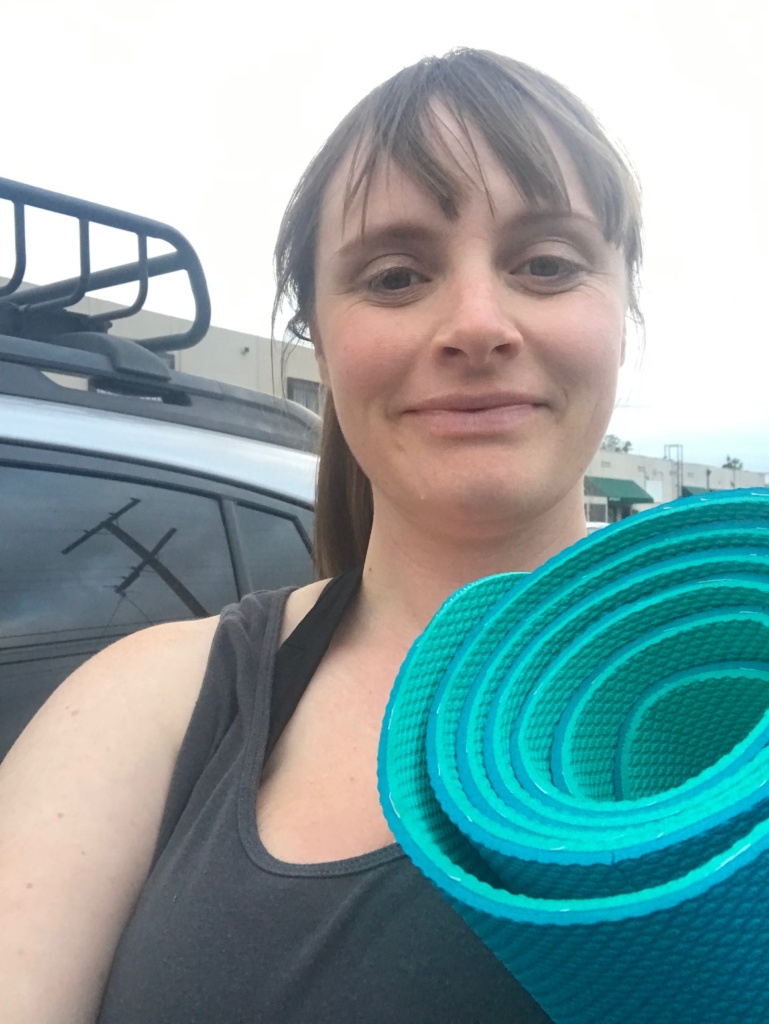
In addition to using a past example, you can also strive to cultivate endurance while you’re pregnant. Doctors recommend walking and other moderate exercise while pregnant as healthful for both mom and baby. As you get further along it can feel pretty challenging just to walk for 30 minutes, especially if there are hills or heat waves involved! As you continue to conquer physical milestones during your pregnancy you will be creating an endurance in your body that can be called upon during delivery. Yoga and meditation have also been shown to promote wellness in pregnant women, and fostering this strength of mind-body connection can work wonders on boosting your stamina during labor. I walked pretty much every day right up until the date of my induction, and practiced yoga regularly throughout my pregnancy—both of which I credit with helping me build the power to push for nearly four hours.
While I was ultimately unsuccessful, I have not let that bring me dismay. My baby’s positioning wasn’t great—her feet were crammed way up in my left ribcage for the entire second stage of labor and she refused to budge even though the nurses told me I was pushing correctly (as evidenced by the three stools I passed in the process!). I chalk it up to her not being ready, and the induction process as a whole not being effective in convincing her it was time to make her appearance. But the important thing is that she is here! Her apgar scores of 8 and 9 upon birth and she was happily average on all accounts, well except for her thick mop of lovely hair.

In this post, I’ve tried to summarize some of the main takeaways, but if you’re interested in more details on my lengthy labor, you’re welcome to read my full birth story (be aware it is 8 pages long!!).
